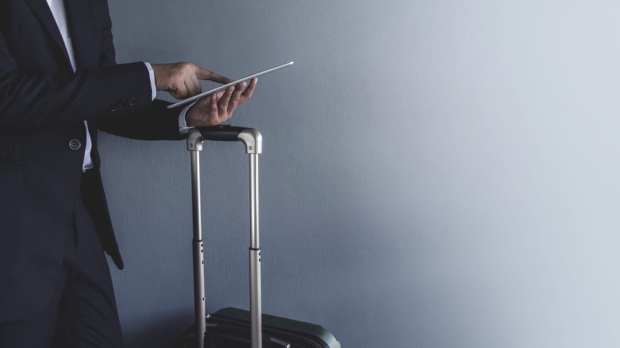How SMBs Prepare For A New Era Of Employee Expenses

With the pandemic dramatically, and potentially permanently, altering the way business is done, the future of corporate travel remains uncertain.
Industry executives are torn on when and how business trip spending will return. Bill Gates, for instance, predicts that half of business travel will entirely disappear, while Southwest Airlines CEO Gary Kelly anticipates it will be between five and 10 years before corporate travel bounces back, according to CNBC reports.
The publication recently surveyed the CNBC Technology Executive Council and found that one-fifth of executives expect business travel will never fully recover to pre-pandemic levels. On the other end of the spectrum, however, just under half of those surveyed said it is likely to be only two or three years until the industry recovers.
According to Ken Tan, co-founder of Singapore-based business travel and expense management startup Navisteps, there is cause for optimism.
“Business expenses are estimated to have dropped by more than 50 percent in the initial phase of the pandemic,” he recently told PYMNTS, “but we are seeing a noticeable pickup in spending volumes as businesses adapt to the ‘new normal’ and business entertainment returns in smaller group formats.”
Business trips are changing, or have been placed on hold indefinitely. But that doesn’t mean employees aren’t spending company cash – or that businesses no longer need T&E solutions, as Tan explained.
Servicing The Small Business
Historically, said Tan, T&E technologies have catered to larger corporates and enterprises, solutions that have often left smaller businesses in the dark.
“Existing T&E solutions for larger enterprises are typically linked [to] and bundled with ERP systems,” he noted, adding that these tools can also have “a lack of transparency on the actual pricing model.”
Clunky expense management solutions have not been built with the more agile Software-as-a-Service model in mind, Tan continued – meaning these solutions are not only out of many small businesses’ price ranges, but they also create added friction when it comes to implementation and integration.
Another factor behind opening up the T&E technology space for SMBs is the function of the payment itself, and how solutions can capture expense data. There are several ways that T&E tools account for this. One of the most popular is to link a T&E solution to a corporate card product to facilitate integration of payment information; another strategy is to allow for employees to use personal payment methods and capture data after the fact to facilitate expense reimbursements.
Tan highlighted the importance of providing small businesses with choice and flexibility – particularly across Southeast Asia, where card acceptance is not necessarily a guarantee.
“There are … times when merchants may not accept card payments, or situations where employees may have no choice but to use cash or alternative methods of payment, so having a system that offers the flexibility of any payment method is important,” he noted.
The Future Of Business Travel
Just because business trips are paused doesn’t mean employees don’t have expenses. Tan identified the rise of new expense trends as a result of the ongoing pandemic and work-from-home requirements. Businesses are allocating budgets to pay for laptops, web cameras and other tools to ensure that their employees remain productive in remote working environments, as well as spending company money on products like welfare packages or virtual classes to keep employees’ morale high.
Looking ahead, it appears that a full or partial remote workforce is a trend that’s here to stay as video conferencing technology takes the place of physical travel. While Tan predicted as much as a 25 percent decrease in business travel long-term, business trips will make a comeback.
“Relationships are built on face-to-face meetings over time, and nothing can replace being physically on the ground meeting with customers, suppliers and vendors – albeit at a lower frequency than the pre-COVID era,” he noted.
As businesses gradually resume booking travel for their employees – which is expected to accelerate with the widespread rollout of vaccines – they will be looking closely at solutions that can multitask. Not only must firms retain visibility and control of employee spend, but they must also prioritize the safety of their professionals while on business trips.
With employee expenses expanding into new categories, opportunities for technologies like automation and analytics will also be increasingly important, said Tan. Small businesses may not have the budgets or complex infrastructure of large enterprises, but they still need sophisticated tools that can continually monitor T&E spend, support internal compliance and enable an optimized way for employees to spend company funds.
